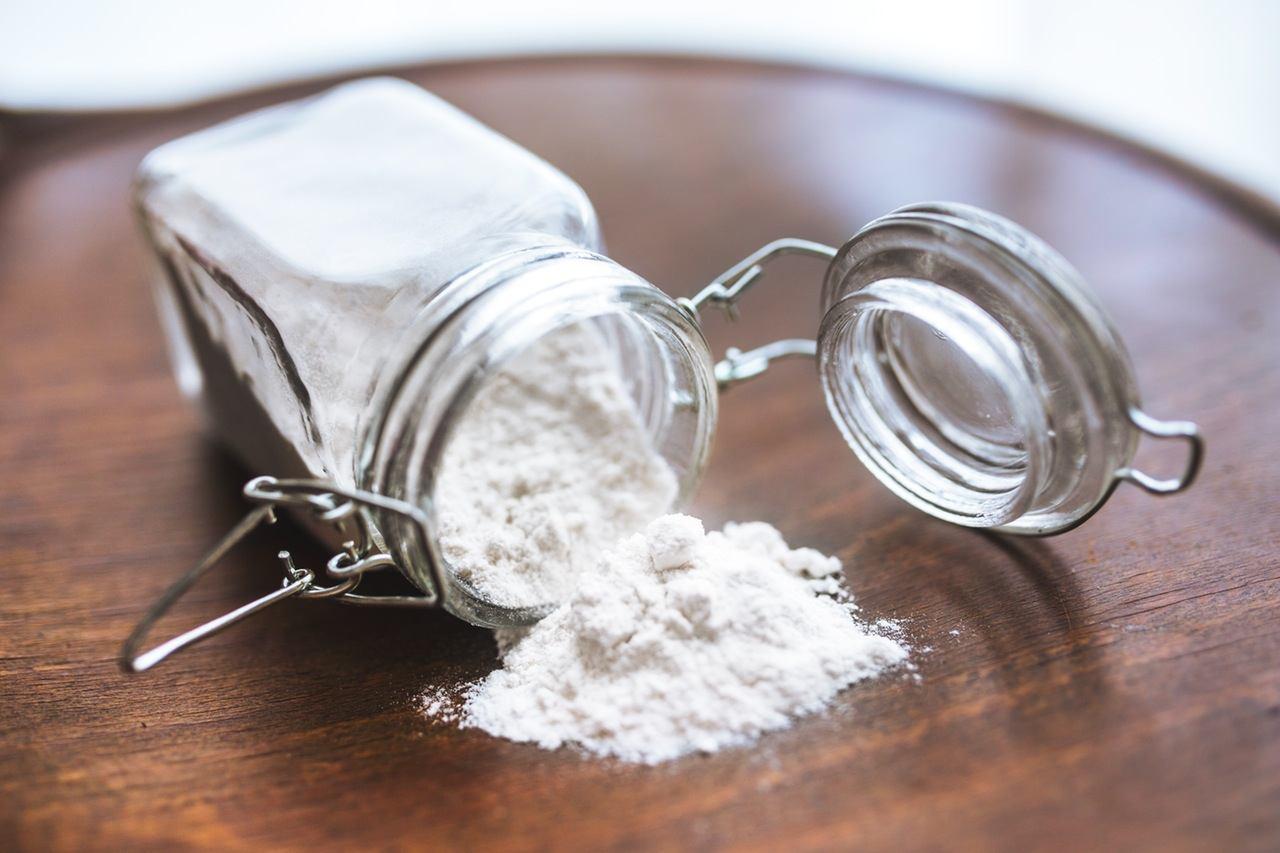
A plant in India may hold a piece of the puzzle to reducing carbon pollution and the harmful effects of global warming.
Tuticorin Alkali Chemicals says its new process can save over 60,000 tons of carbon emissions each year. And the industrial plant is using this new process without the help of government subsidies.
How carbon capture and utilization works
The new technique adds a few steps to the traditional carbon capture and storage process. The industrial plant redirects the carbon dioxide emissions from its coal-fired boiler to the new system. The boiler releases typical flue gas, but it combines with a spray mist of a new chemical that removes the CO2 molecules.
The captured CO2 mixes with rock salt and ammonia to form baking soda. The CO2 can also combine with other chemicals to create compounds for manufacturing purposes, including creating glass, detergents and sweeteners.
The process is called carbon capture and utilization (CCU) and is a global first.
Invented by two scientists at Carbon Clean Solutions, the new patented chemical process seeks to utilize CO2 emissions instead of the current trend of burying CO2 underground, known as carbon capture and storage (CCS).
The United States Energy Department now supports CCS in geologic formations that have stored carbon dioxide, crude oil and natural gas for millions of years. Some of these formations include oil and gas reservoirs, deep saline reservoirs, and un-mineable coal seams.
The two scientists who invented the chemical process for capturing CO2 could not raise the funding for further development. So, Carbon Clean Solutions teamed up with the Institute of Chemical Technology at Mumbai and Imperial College in London to secure financial backing of the new process.
CCU enables companies to use their emissions efficiently and turn a profit while also helping the environment avoid the compounding effects of burning fossil fuels.
What this new process could mean for the planet
The CCU process uses less energy and results in less waste than other means of controlling emissions from coal plants. Plants using this new technology will no longer need expensive forms of steel and other equipment, resulting in an increase of cost efficiency. Tuticorin Alkali Chemicals believes that using the CCU process can reduce the world’s coal emissions by 5 to 10 percent.
Since using the carbon capture and utilization process, the plant edged close to zero emissions and plans to add another coal-fired boiler to create CO2 that can manufacture fertilizer.
Due to the lower cost to run the CCU process, the plant has not yet needed any government subsidies. This could mean a global cost savings if other countries and companies adopted the new process.
The U.S. Energy Information Administration published a report in March 2015 documenting financial interventions and subsidies in the energy sector during the fiscal year of 2013. The report found that the estimates of coal-related, energy-specific tax expenditures increased by more than $100 million between 2010 and 2013.
The total emissions for the industry sector in the United States was 21 percent in 2014, according to the United States Environmental Protection Agency. The only sectors producing more emissions are electricity (31 percent) and transportation (26 percent). The total emissions in the United States in 2014 were 6,870 million metric tons of CO2 equivalent.
Imagine if the new CCU process could reduce 5 to 10 percent of those emissions in just one country with very little required in government subsidies. It could eliminate a number of CCS-needed areas and reduce the carbon footprint.
The new process of carbon capture and utilization may not save the world on its own, but it is a step toward a reduction in CO2 emissions and other negative effects from burning fossil fuels.
Image via Pexels
Anum Yoon is a writer who is passionate about personal finance and sustainability. She often looks for ways she can incorporate money management with environmental awareness. You can read her updates on <a href="http://www.currentoncurrency.com>Current on Currency</a>.














